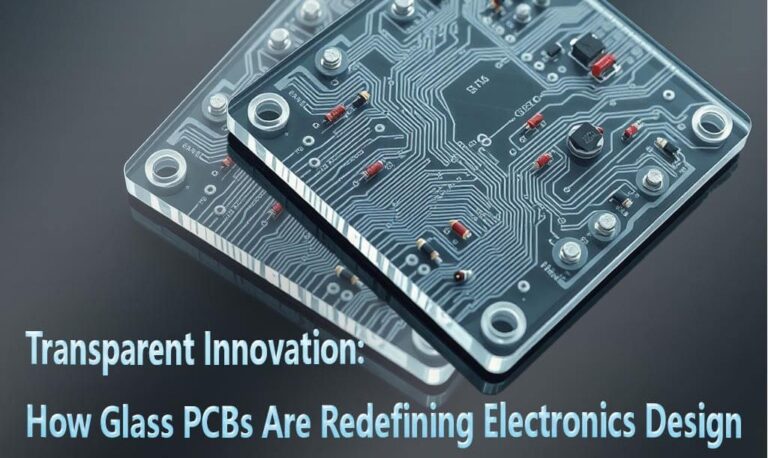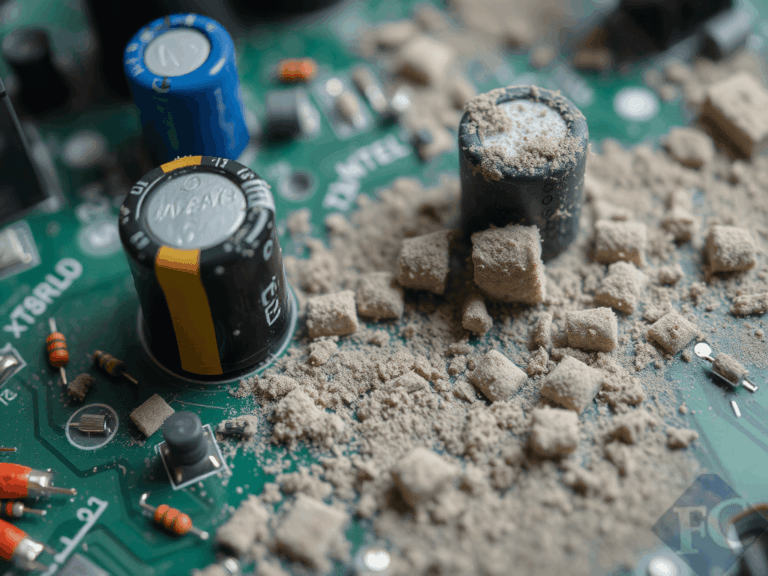What is Glass PCB?
Glass PCBs are circuit boards that have a glass base as their main material. Unlike conventional PCBs, glass circuits don’t use resin substrates or FR-4. Glass offers both mechanical strength and thermal stability, making it the good option for PCB.
Types of Glass PCBs:
-
Rigid Glass PCBs – Made from thick glass sheets, used in high-performance applications.
-
Flexible Glass PCBs – Ultra-thin glass that can bend slightly, useful for foldable electronics.
-
Transparent Glass PCBs – Uses conductive materials like ITO for see-through circuits.

Material Science: Why Glass?
Glass vs. Traditional PCB Substrates
which is cost-effective but has limitations:
-
-
-
High-frequency dielectric loss (critical in 5G/mmWave)
-
Silicon thermal expansion mismatch (causing reliability issues in next-generation packaging)
-
Moisture absorption and long-term degradation
-
-
Glass, on the other hand, offers:
-
- ✔ Ultra-low dielectric loss (Dk ~5.5, Df ~0.001 at GHz frequencies) – RF & high-speed digital applications.
- ✔ Near-zero thermal expansion (CTE ~3.2 ppm/°C, close to silicon) – Reduces stress in chip packaging.
- ✔ Hermetic sealing – No moisture absorption, rendering them optimal for harsh environments.
Types of Glass Used in PCBs
Not all glass is the same. There are some noteworthy variations:
-
-
-
Borosilicate Glass (e.g., Schott D263T, Corning Willow Glass) – Resistant to chemicals, elastic, used in flexible displays.
-
Fused Silica (Quartz Glass) – Ultra-low thermal expansion, used in laser and aerospace applications.
-
Alkali-Free Glass – Inhibits sodium ion migration, essential for semiconductor integration.
-
-



